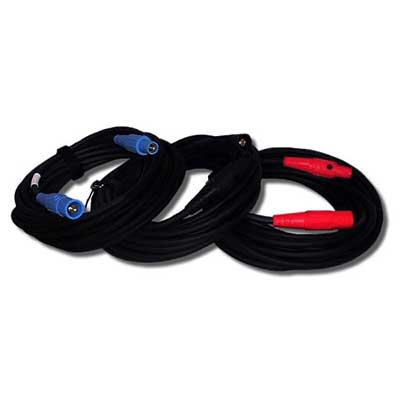You are correct.
I saw RHH/RHW and read 'acceptable flexible cord'.
With that said, as a practical matter, I bet DLO/RHH/RHW meets all the standards but has not been evaluated and labeled as an article 400 portable cord.
With that RHW rating, this cable could be used as building wiring in conduit. But that would likely be a horrible idea. The conductors are fine stranded, the insulation is probably thick and 'sticky'. I would be perfectly comfortable using it with camlocks, but I've never been in a situation where an inspection would be triggered for such use.
-Jon



